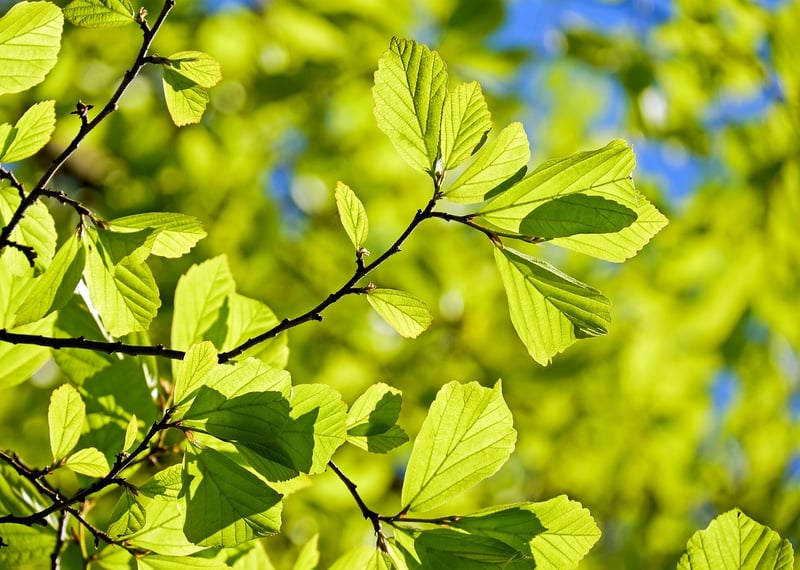Pruning Techniques
#gardening tips
#plant health
#green thumb
Guidance for Healthy Plants and Pruning Techniques
Tips for Healthy Plants
Having healthy plants is crucial for a thriving garden or indoor space. Here are some tips to keep your plants in top condition:
- Choose the right plant for the right location, considering sunlight, water, and soil requirements.
- Water plants properly, avoiding both underwatering and overwatering.
- Fertilize regularly to provide essential nutrients for growth.
- Monitor for pests and diseases, and take appropriate action promptly.
- Prune plants to encourage healthy growth and shape.
- Regularly inspect plants for any signs of stress or damage.
Pruning Techniques
Pruning is an essential practice to maintain plant health and promote growth. Here are some common pruning techniques:
- Deadheading: Removing dead or faded flowers to encourage new blooms.
- Thinning: Removing excess branches to improve airflow and sunlight penetration.
- Heading back: Cutting back the tip of a branch to encourage lateral growth.
- Pinching: Removing the tip of new growth to promote bushier growth.
- Crown reduction: Removing upper branches to reduce the overall size of the plant.
Remember to use clean, sharp tools when pruning to make clean cuts and minimize the risk of disease transmission. Additionally, prune plants during their dormant season for best results.
Conclusion
By following these tips for maintaining healthy plants and using the right pruning techniques, you can ensure a vibrant and flourishing garden or indoor plant collection. Regular care and attention to detail will go a long way in promoting plant growth and overall plant health.


